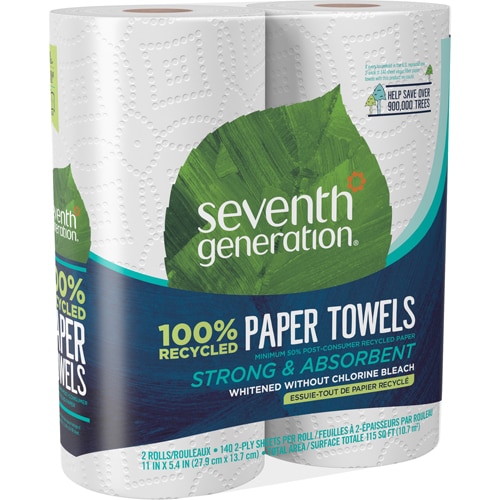If you want to boost nutrition in your diet, save money and protect the earth – all at the same time – soil-friendly eating might have a place at your table.
“Soil-friendly eating is a way of eating that not only benefits you, but also benefits the overall agricultural ecosystem where your food is grown,” says Jesse Morrison, a research assistant professor in the Department of Plant and Soil Sciences at Mississippi State University in Starkville.
What is a soil-friendly diet?
According to the Soil Science Society of America, soil-friendly eating has several components, including:
- Improving your food diversity
- Varying your protein routine
- Including beans, lentils, chickpeas and other pulses in your diet
- Eating sustainably produced meat
- Reducing your food waste
- Composting
The diet is intended to be rich in plant-based foods – in fact, up to half of a soil-friendly diet should be made up of fruits and vegetables, according to the society.
In addition, by encouraging a diet rich in diversity, a person on a soil-friendly diet increases consumer demand for a variety of agricultural products. In turn, that incentivizes farmers to plant a variety of crops, which is better for the soil.
“We are creating demand for crops that have lots of positive benefits for the soil, water and ecosystem as a whole,” Morrison says.
The benefits of a soil-friendly diet
Soil-friendly foods include:
- Pulse crops like beans, chickpeas and lentils
- Sustainably produced meats
- Varieties of fruits and vegetables
“The best thing about soil-friendly eating is that it is also a healthy eating,” Morrison says.
A soil-friendly diet also is sustainable because it focuses on choosing crops that “give nutrients back to the soil,” Morrison says. “We are helping do our part to ensure a safe, affordable food supply,” he says.
Finally, soil-friendly diets can be easier on an individual’s pocketbook and can help drive down food prices for society as a whole, Morrison says.
“Food waste is one of the major factors affecting the cost of food in the United States,” he says. “A big part of soil-friendly eating is cutting back on food waste, which reduces the amount of land, water, nutrients and energy required to produce our food.”
Switching to a soil-friendly diet
Variety is the key to a successful soil-friendly diet, Morrison says.
“Branch out when you are shopping for fresh fruits and vegetables,” he says. “Experiment with fruits and veggies that you haven’t tried before.”
He especially encourages you to try pulses. Pulse crops bring nitrogen from the atmosphere down into the soil, a process known as "nitrogen fixation." In doing so, pulses create a natural form of fertilizer that can help boost other crops.“Pulses are great options for adding variety to your protein routine,” Morrison says. He adds that they can bring color, flavor and healthy fiber to dishes such as fresh salads, dips, soups and stews, and even brownies.
Looking for more tips? Turn to your smartphone or computer to learn more about soil-friendly eating.
“The internet is a great place to look for inspiration if you are looking for recipes and ideas,” Morrison says. Smartphone apps such as Mealime and FoodPlanner can help you plan meals and shopping lists around pulses, fruits and vegetables, and sustainably produced meats.
While the goal of soil-friendly eating is to consume in a more sustainable manner, it’s OK to occasionally make buy or prepare more food than you need, Morrison says. Just use such situations to further the aims of soil-friendly eating.
“Sometimes a little spoiled food can’t be avoided,” he says. “For those times, there are always options like composting, which help conserve soil nutrients by recycling them as opposed to putting them in the garbage.”




